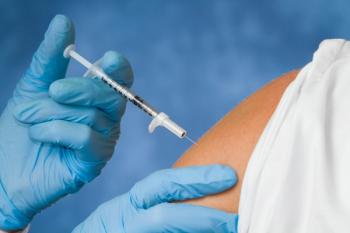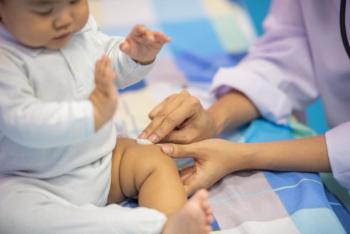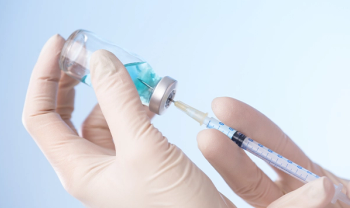
Even with the end of polio in sight, ‘a single infectious virus can lead to a drastic resurgence’
Global polio eradication efforts have reduced cases of the deadly disease by 99.99% in 35 years. Yet it continues to circulate in over 30 countries. The most dangerous form is endemic in Pakistan and Afghanistan, where it seeds outbreaks elsewhere.
The stubborn staying power of the
Poliomyelitis, a highly contagious illness that affects the nervous system and can cause muscle weakness, paralysis and death by immobilizing breathing muscles, is spread person to person through contact with an infected person’s feces. It mainly affects children under 5.
There were an estimated 350,000 cases worldwide in 1988, with 1 in every 200 causing paralysis and between 5% and 10% of cases were fatal. The huge Global Polio Eradication Initiative (GPEI) began that year and has wiped out 99.99% of the disease, but the effort has stalled in recent years.
The poliovirus, a single-stranded RNA virus, still circulates in more than 30 countries, mostly in Africa and Central and Southeast Asia. But there have also been cases in Canada, Israel and the United Kingdom.
Israel’s announcement that four children recently tested positive, including one who showed symptoms of paralysis (on top of seven positive cases in the country in February 2022), led the New York State Department of Health last weekto
An unvaccinated adult in New York’s Rockland County, a 45-minute drive from Midtown Manhattan, contracted paralytic polio last summer.
Most cases of polio worldwide — 36 were reported during the week ending March 7 — are “vaccine-derived” serotypes from the oral polio vaccine (OPV) that contains live, weakened poliovirus strains. Most are asymptomatic. OPV prevents person-to-person spread in addition to protecting the individual. For every one million vaccinations, however, three or four children experience paralytic polio.
An inactivated polio vaccine (IPV) injection, using killed virus, is being phased in worldwide, with a GPEI goal of all countries using 100% IPV to maintain population immunity levels once person-to-person transmission has ended everywhere. The inactivated virus vaccine cannot stop community spread but also cannot cause the vaccine-derived form of polio or paralysis.
Wild-type poliovirus (wild poliovirus serotype 1, or WPV1) is a far bigger problem than the vaccine-derived typesand the primary focus of current eradication efforts. It leads to paralytic disease and, while greatly decreased in recent years, is still present in countries like Afghanistan and Pakistan.
The last reported case of WPV1 was Sept. 15 in Pakistan but there were 30 confirmed cases worldwide in 2022, according to the World Health Organization, mostly in Pakistan and Afghanistan. Still, that’s down significantly from the annual average of nearly 90 cases over the four years before that.
The prevalence of remaining wild cases in those and other developing countries in recent years is largely the result of weak healthcare systems, poor social practices and a lack of cultural and religious understanding, Shiza Malik and Yasir Waheed write in a
To diminish the threat of paralytic polio cases in children, eradication efforts are being directed at two types of countries:
- “Outbreak countries,” the bulk of the list, are not experiencing indigenous wild polio cases. But they can be impacted by infections driven by wild or vaccine-derived cases that are often brought in by travelers from countries with circulating polioviruses, especially where the disease is endemic.
- “Endemic countries” (Pakistan and Afghanistan) where transmission of wild poliovirus has never stopped completely, although there have been short pauses. These countries also continue to develop outbreaks of circulating vaccine-derived cases.
Malik and Waheed recommend a “combined, rapid, coordinated and widespread effort” from the entire governments of affected countries. The live, weakened oral polio vaccine should be completely phased out in countries that have access to the killed, inactivated polio vaccine. And, they write, polio eradication efforts should be coupled with a global immunization program against COVID-19.
“If care is not taken,” they say,“even a single infectious virus can lead to a drastic resurgence of the disease in susceptible populations.”
Newsletter
Get the latest industry news, event updates, and more from Managed healthcare Executive.





















































